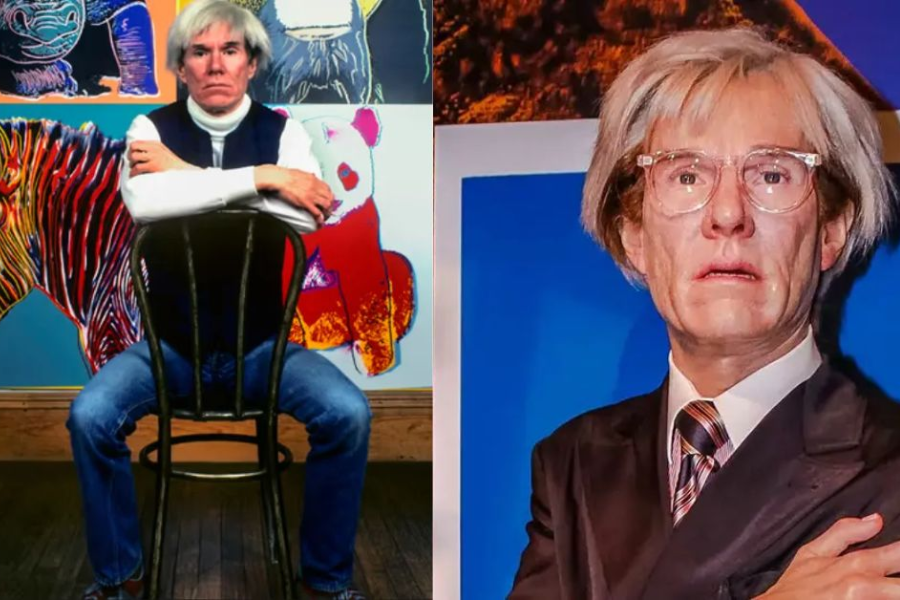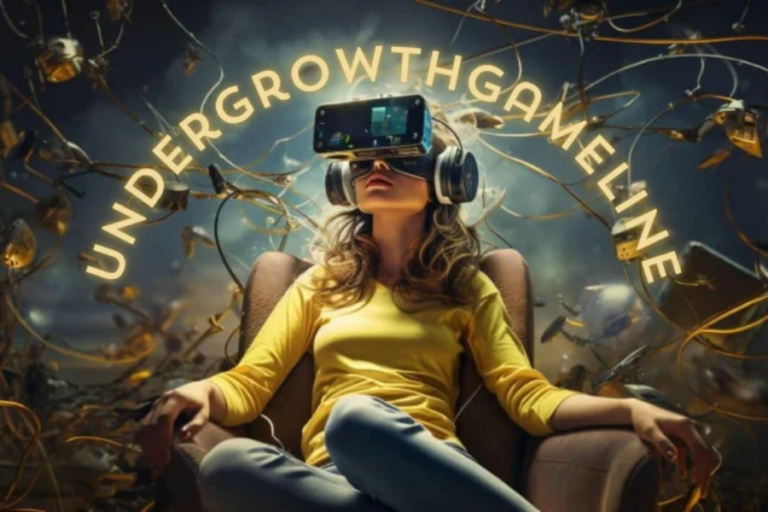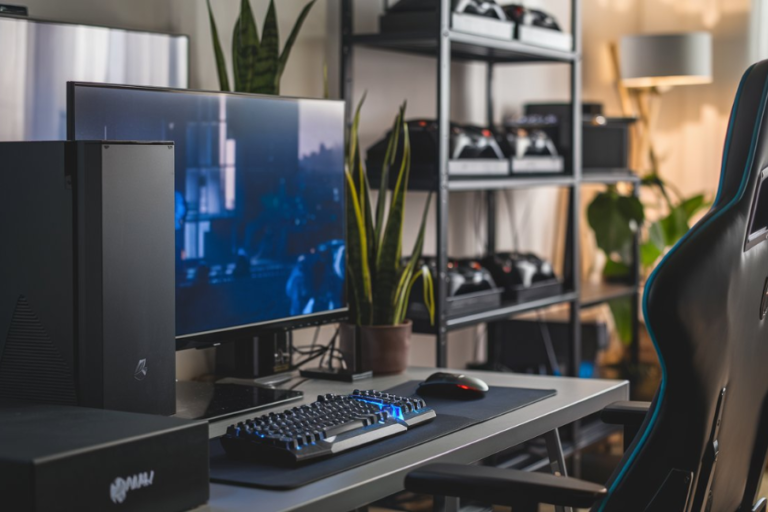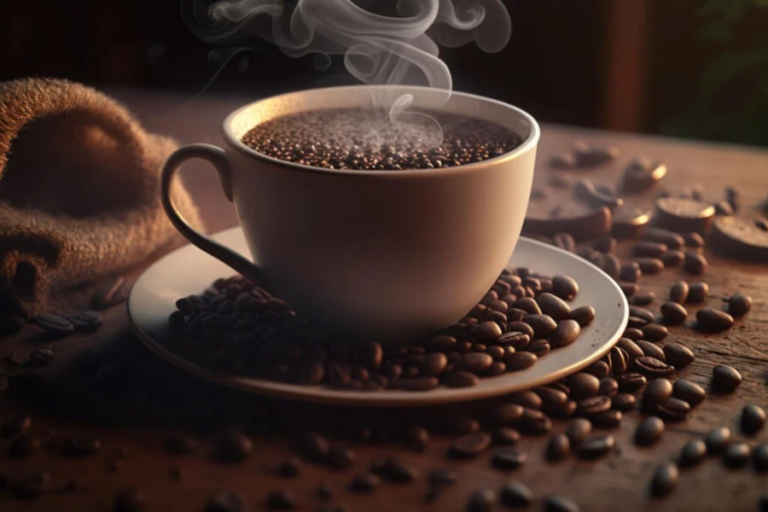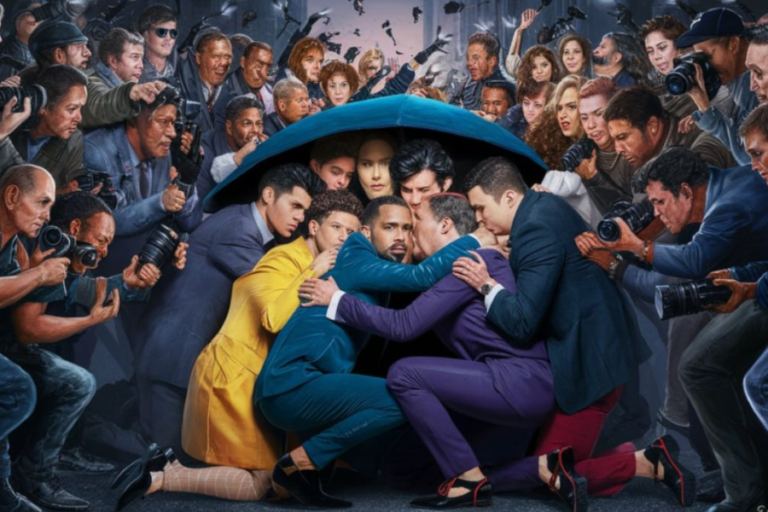Exploring AndyWarhella: Where Classic Pop Art Meets AI Innovation
Art has always evolved, influenced by the tools and ideas that each era brings. Today, artificial intelligence (AI) is one of the most transformative tools, reshaping how we create and experience art. One of the most intriguing projects at this intersection of art and technology is AndyWarhella, which merges the iconic pop art of Andy Warhol with modern AI capabilities, creating digital art that celebrates the past while stepping into the future.
The Legacy of Andy Warhol: Pop Art’s Bold Pioneer
To fully appreciate AndyWarhella, it’s essential to understand its inspiration: the groundbreaking work of Andy Warhol. As a central figure in the 1960s pop art movement, Warhol redefined art by spotlighting vibrant colors, repetitive patterns, and images of everyday objects and celebrities. His work questioned the divide between high and low culture, with pieces like the Campbell’s Soup Cans and Marilyn Monroe series drawing everyday items and celebrity icons into the realm of fine art.
Warhol also embraced new technologies of his time, such as screen printing, to mass-produce his art, paving the way for discussions about the role of technology in artistic creation. AndyWarhella builds on this legacy by using AI to expand Warhol’s vision, bridging his world with our digital age.
What is AndyWarhella? A Fusion of Art and AI
AndyWarhella isn’t a single artist but a digital creation, a result of AI algorithms trained to produce new works in Warhol’s signature style. The AI studies Warhol’s use of bold colors, iconic subjects, and pop culture themes, generating fresh pieces that echo Warhol’s influence with a modern twist. The result is digital art that combines vibrant patterns, contemporary images, and technological elements reminiscent of glitch art and pixelation, giving Warhol’s aesthetic a contemporary update.
The Artistic Process: How AI Learns from Warhol’s Style
Creating AndyWarhella’s art involves training AI algorithms on thousands of Warhol’s works. Through machine learning, the AI learns to recognize Warhol’s distinct visual style, studying his color choices, compositions, and use of repetition. Once trained, the AI can produce new images inspired by Warhol, yet it adds its own interpretations, blending digital aesthetics into pieces like the iconic Marilyn Monroe portrait with vivid neon palettes or subtle pixelated effects.
This fusion creates a unique artistic experience, pushing boundaries while honoring Warhol’s legacy of experimenting with technology. The works invite us to consider how art and culture evolve, and how AI can bring new life to timeless styles.
Modern Reinterpretations: Iconic Imagery Reimagined
Among AndyWarhella’s standout creations are its takes on Warhol’s Campbell’s Soup Cans and Marilyn Monroe portraits. Here, the familiar elements are infused with digital-age techniques—like bold neon schemes and layered textures—that feel nostalgic yet fresh. The AI also explores subjects Warhol might have chosen today, such as social media influencers or contemporary celebrities, commenting on fame in the digital era. By engaging with these modern muses, AndyWarhella extends Warhol’s dialogue on pop culture, consumerism, and identity.
The Debate Around AI-Generated Art
Not everyone views AI-generated art as a true form of creative expression. Critics argue that, lacking human intention or emotion, AI cannot create “real” art. This debate raises questions about originality and authorship: if an algorithm can recreate a master’s style, does it diminish the impact of the original artist? Others are concerned that allowing machines to mimic human creativity could dilute the value of authentic artistic expression.
The question of ownership and copyright further complicates the issue, as there is ongoing debate over who—or what—owns the rights to AI-generated art. However, many see AndyWarhella as an exciting exploration rather than a replacement for human creativity, offering new ways to interpret and engage with art.
AI’s Role in the Future of Art
As AI technology becomes more sophisticated, its potential within the art world grows. While some view projects like AndyWarhella as novelties, others see them as tools to help push the boundaries of creativity. The fusion of AI and art raises important questions: Can a machine truly be creative, or does it simply imitate patterns it has been trained on? And what does it mean to be an artist in an age where a computer can generate works with the click of a button?
These discussions are likely to shape the art world’s future. As artists and AI collaborate, the definition of creativity continues to expand, challenging us to reimagine what art can be in the 21st century.
Conclusion:
AndyWarhella is a thought-provoking experiment in merging classic pop art with modern technology. By interpreting Warhol’s iconic style through AI, it questions our understanding of creativity and the role of machines in art. Whether hailed as a breakthrough or critiqued as an imitation, AndyWarhella highlights the exciting possibilities at the intersection of tradition and innovation.
As we move forward, we may see more collaborations between artists and AI, blending human intuition with machine precision. AndyWarhella, as both homage to Warhol and a celebration of technological progress, Andy Warhella stands at the forefront of this evolving dialogue, redefining what art can be in an increasingly digital world.
FAQs
1. What is AndyWarhella?
AndyWarhella is a digital art project that combines artificial intelligence (AI) with Andy Warhol’s iconic pop art style. Through machine learning, AI algorithms analyze Warhol’s techniques, colors, and patterns to generate new artworks that reflect his style with a modern, digital twist.
2. How does AndyWarhella create art?
AndyWarhella uses machine learning algorithms trained on thousands of Warhol’s artworks. The AI studies his patterns, colors, and subject matter, learning to recreate his distinctive style. Once trained, it generates new pieces that resemble Warhol’s work, often with unique digital effects that add a contemporary edge.
3. Is AndyWarhella created by a single artist?
No, AndyWarhella is a collaborative project that utilizes AI technology to produce art. It isn’t a traditional “artist” but rather an AI model programmed to mimic and reinterpret Warhol’s artistic style.
4. Does AI-created art lack emotional depth?
This is a topic of debate. Critics argue that because AI lacks human emotion, its creations may lack depth and intention. Supporters, however, believe that AI can offer new ways to explore and reinterpret traditional art styles, bringing fresh perspectives to familiar forms.
5. How does AndyWarhella’s art differ from Warhol’s original work?
AndyWarhella’s art maintains Warhol’s signature style but incorporates modern digital effects. For example, it may use pixelation, glitch effects, or neon colors, reflecting contemporary aesthetics that Warhol might have used if he were alive in the digital era.
6. What subjects does AndyWarhella focus on?
Like Warhol, AndyWarhella uses popular culture as a central theme. While it reimagines classic subjects like Marilyn Monroe and Campbell’s Soup Cans, it also experiments with modern-day icons, such as social media influencers, reflecting on today’s fame and consumer culture.
7. Who owns AI-generated art like AndyWarhella’s creations?
Ownership of AI-generated art is a complex issue. Since AndyWarhella’s works are created by an algorithm rather than an individual, copyright and ownership are often assigned to the creators of the AI technology, though this varies by project and jurisdiction.
8. Can AI replace human artists?
While AI can replicate certain artistic styles and generate new forms of art, many believe it cannot fully replace human creativity, emotion, and intuition. Instead, AI can serve as a collaborative tool, complementing human artists and expanding artistic possibilities.
9. Is AndyWarhella considered a tribute or imitation?
AndyWarhella is often seen as a tribute to Warhol, celebrating his influence by reinterpreting his work through a digital lens. However, some critics argue that AI-generated art simply imitates without truly innovating, raising questions about originality and artistic value.
10. What impact does AndyWarhella have on the art world?
AndyWarhella challenges traditional notions of creativity and authorship, sparking conversations about AI’s role in the arts. It encourages artists and audiences to explore the evolving relationship between technology and creativity, pushing the boundaries of what defines art in the 21st century.
Keep an eye for more news & updates on Vents Flow!
